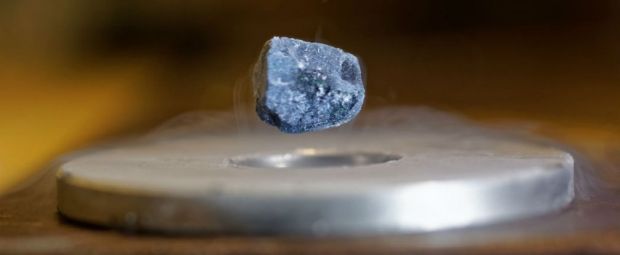An international team of researchers led by Kosmas Prassides of Tokohu University in Japan has surfaced a material that has combined intrinsic qualities of insulator, superconductor, metal and magnet. The team has asserted that this discovery would lead to the growth of new and efficient high-temperature superconductors.
Generally, various states of matter have different properties due to which some have high potential to reach superconductivity at a relativity high critical temperature, that is, −135 °C as opposed to −243.2 °C. Since, superconductivity means, zero electrical resistance at very low absolute temperatures, hence, achieving this phenomena at the mentioned high temperature would revolutionize the use and production of energy.
Different states of matter
As Michael Byrne explains that states of matter not only refers to solids, liquids, gases, and plasmas but it also includes other obscure states that currently do not exist in nature rather is a product of lab creations, like Bose–Einstein condensate, degenerate matter, supersolids and superfluids, and quark-gluon plasma.
The team introduced rubidium into carbon-60 molecules consequent upon which, a new crystalline structure came into being. Upon passing through an array of tests, the innovative lattice arrangement showed a combination of insulating, superconducting, metallic, and magnetic phases, together with a brand new one, which the researchers have named ‘Jahn-Teller metals’.
Adding pressure without squeezing
Byrne further explained that rubidium atoms apply pressure and usually by adding pressure, one tends to think in terms of forcefully squeezing molecules for making the extra space for other molecules to fit in. However, this is not the case with the experiment here. What the researchers have done is chemically the spaces between the molecules are increased or decreased and at times, sneaked in some extra atoms. This created a kind of Jahn-Teller effect where molecules not only hang on to their old shapes but also tend to hop around to morph the insulator material into a conductor.
Transition between insulator and conductor
This is for the first time that any team of researchers has witnessed the transition phase between insulator and conductor. This is not the end yet, the researchers are looking forward to delve deeper into the discovery before putting it to any practical energy production in the real world. Future looks promising for the new [superconducting] materials and people in the related research paraphernalia are already excited to look for the new and improved avenues.




